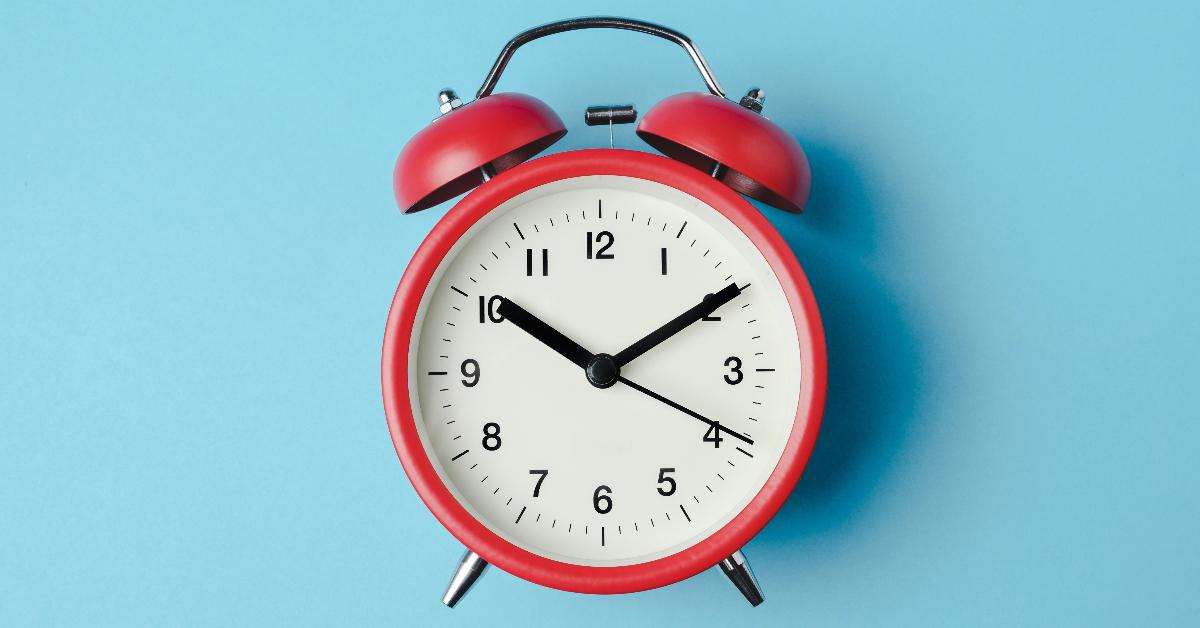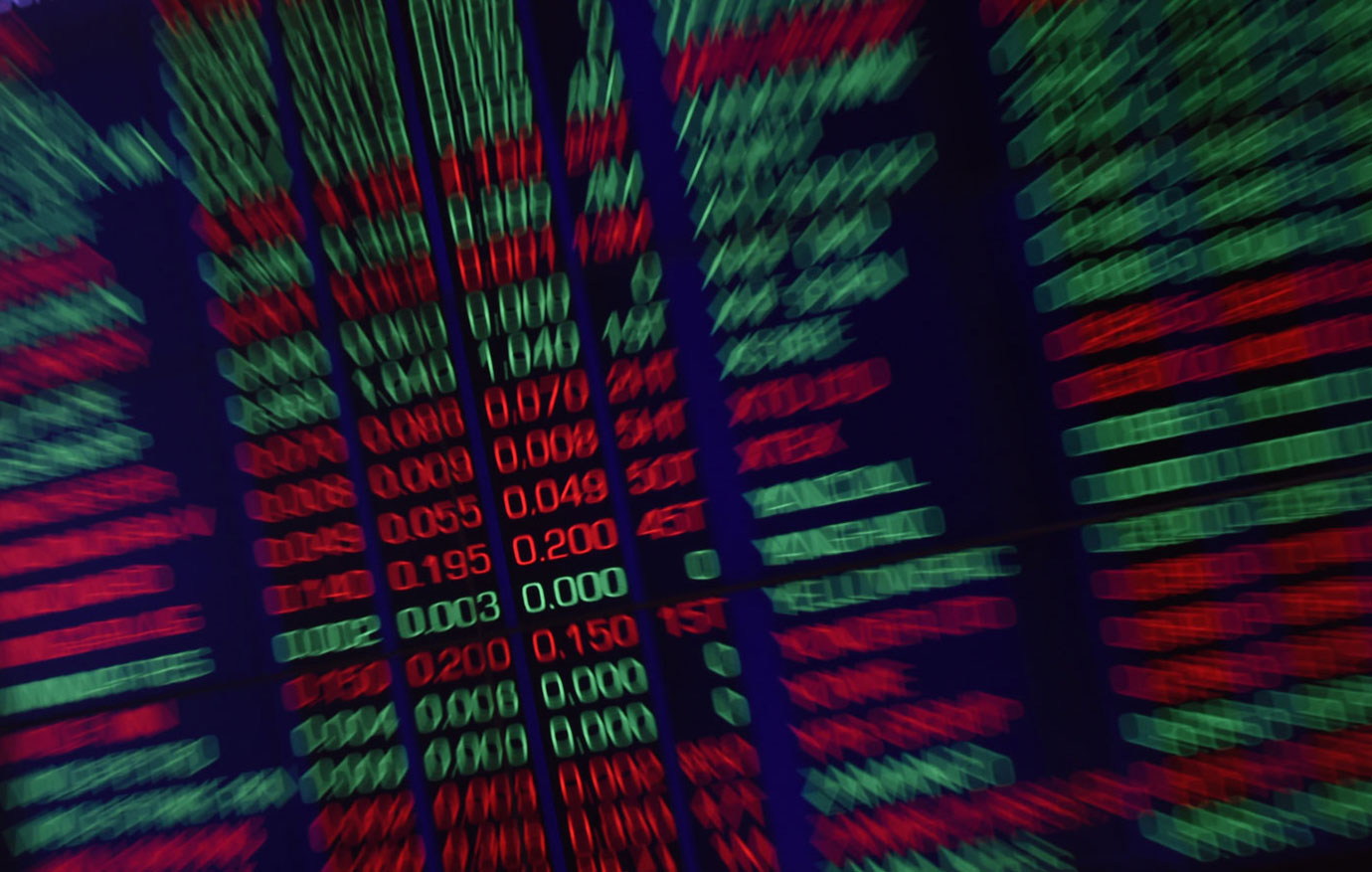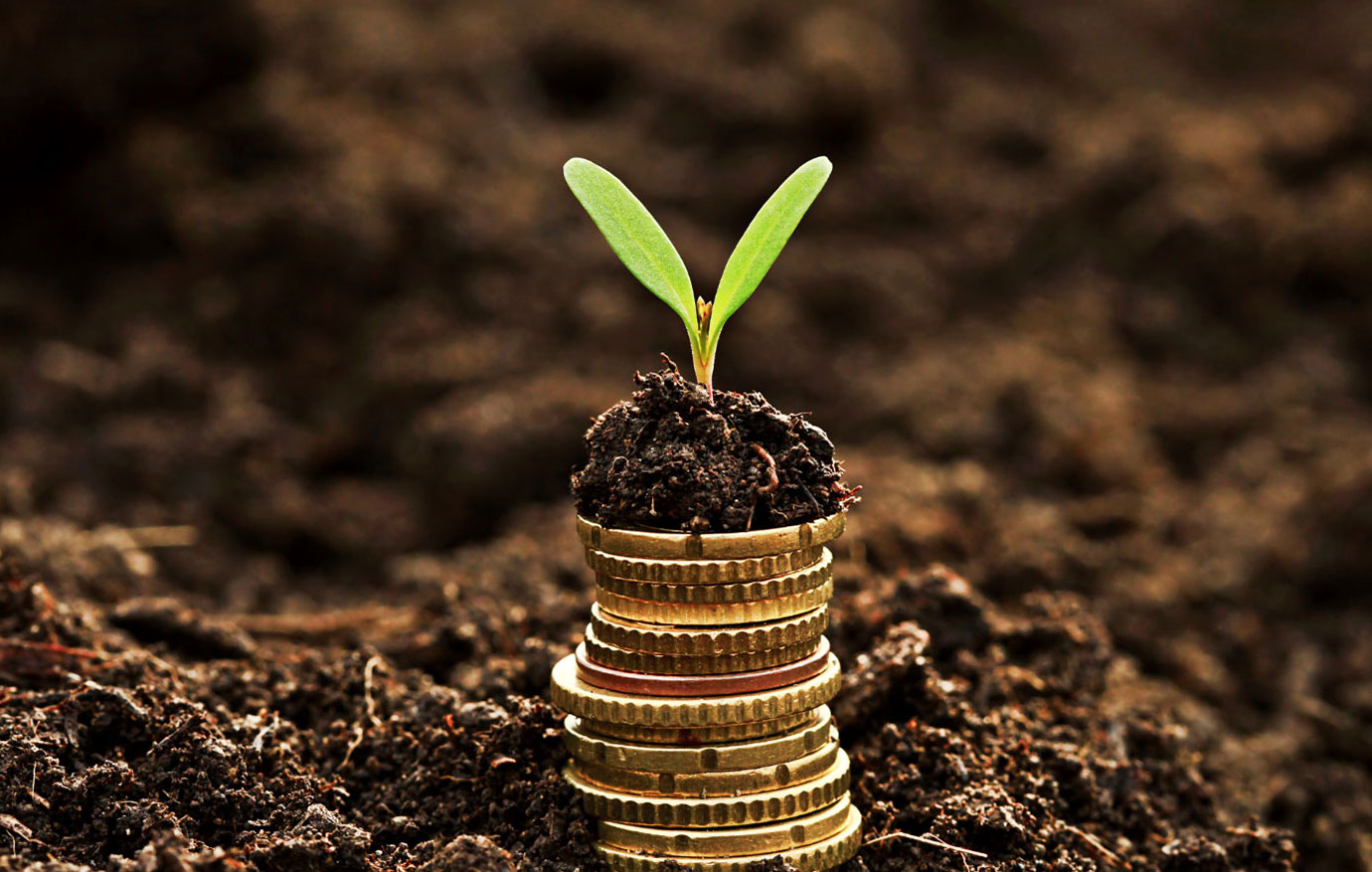
Time Preference Is the Key Driver of Interest Rates
By popular thinking, whenever the central bank raises the growth rate of the money supply through the buying of financial assets such as Treasuries this pushes the prices of Treasuries higher and their yields lower. This is labeled as the monetary liquidity effect. This effect is inversely correlated with interest rates.
Furthermore, an increase in the money supply after a time lag strengthens economic activity and this pushes interest rates higher. Note that we have here a positive correlation between economic activity and interest rates.
After a much longer time lag, the increase in the growth rate of money supply is starting to exert an upward pressure on the prices of goods and services. Once prices begin to move higher, the inflation expectations effect emerges. Consequently, this is starting to exert a further upward pressure on the market interest rates.
Hence, by popular thinking, liquidity, economic activity, and inflation expectations are seen as key factors in the interest rate determination process. Observe again that this process is set by the central bank’s monetary policies, which influences monetary liquidity. The monetary liquidity effect in turn gives rise to two other effects. This way of thinking originates from the writings of Milton Friedman.
Note that the popular theory of the interest rate is not established from a theoretical framework that “stands on its own feet” but derived from observation. In this sense, the popular theory of interest rate does not explain it only describes. According to Ludwig von Mises,
What economic history, observation, or experience can tell us is facts like these: Over a definite period of the past the miner John in the coal mines of the X company in the village of Y earned p dollars for a working day of n hours. There is no way that would lead from the assemblage of such and similar data to any theory concerning the factors determining the height of wage rates.
Furthermore, the popular theory cannot explain the formation of interest rates in the absence of the central bank.
Time preference and interest rates
For most individuals, maintaining their life and well-being is the ultimate goal. According to Carl Menger:
To the extent that the maintenance of our lives depends on the satisfaction of our needs, guaranteeing the satisfaction of earlier needs must necessarily precede attention to later ones. And even where not our lives but merely our continuing well-being (above all our health) is dependent on command of a quantity of goods, the attainment of well-being in a nearer period is, as a rule, a prerequisite of wellbeing in a later period. . . . All experience teaches that a present enjoyment or one in the near future usually appears more important to men than one of equal intensity at a more remote time in the future.
This means that the individual is likely to assign to the present basket of goods a greater importance than to the same basket of goods in the future. It also means that an individual is likely to prefer the consumption of an identical basket of goods at present rather than later.
Consider a case where an individual has just enough consumer goods to keep himself alive. This individual is unlikely to invest or lend his paltry means. The cost of investing or lending to him is going to be very high—it might even cost him his life if he were to consider investing or lending part of his means.
Once the individual’s pool of consumer goods starts to expand, the cost of investing, or lending starts to diminish. Allocating some of his consumer goods toward investment and lending is going to undermine to a lesser extent the individual’s life and well-being at present.
Also note that the allocation of consumer goods toward investment and lending is savings. The saved consumer goods sustain various individuals that are engaged let us say in the making of tools and machinery. The saved goods are also sustaining various borrowers.
From this we can infer, that for an unchanged consumption the expansion in the pool of consumer goods of individuals is going to result in the increase in the pool of savings. Furthermore, the expansion in the pool of consumer goods is likely to lower the premium of the present consumption versus the future consumption (i.e., to the decline in the interest rate).
Conversely, factors that undermine the pool of consumer goods expansion are likely to increase the premium of the present consumption versus the future consumption (i.e., to the increase in the interest rate). Note again, increases in the pool of consumer goods tend to lower individuals’ time preferences whereas decreases in the pool tend to raise time preferences, all other things being equal.
Individuals’ responses to changes in the pool of consumer goods in terms of the time preferences are not automatic. Every individual based on his goals decides how much of his pool of consumer goods is going to be allocated toward the present consumption versus investment (i.e., future consumption and lending). (Tools and machinery are expected to produce consumer goods in the future).
Also, note that by the popular framework, changes in economic activity are positively associated with interest rates. However, if the increase in economic activity is on account of the expansion in the pool of consumer goods this is likely to produce a decline in the time preferences and thus to the lowering of interest rates and not increase as suggested by the popular framework.
Interest rates and increases in money supply out of “thin air”
When money out of “thin air” is injected into the economy this sets in motion an exchange of nothing for something. The receivers of the injected money can now divert to themselves consumer goods from the producers of these goods.
In similarity to the counterfeiter, the receivers of the injected money can now increase the purchases of various assets thus pushing their prices higher and their yields lower. Note though that, the exchange of nothing for something weakens the process of consumer goods production.
Again, as long as the pool of consumer goods is expanding, all other things being equal, individuals’ time preferences are likely to decline (i.e., a decline in the market interest rates) is going to take place. Conversely, once the pool of consumer goods is declining, all other things being equal, individuals’ time preferences are likely to increase (i.e., the market interest rates are going to increase).
Note again that in the framework of an expanding pool of consumer goods interest rates are expected to follow a declining trend. Whilst a declining pool of consumer goods is going to set a rising trend.
Now, when the central bank is attempting to counter the rising interest rate trend by means of injecting monetary liquidity this is likely to make the rising trend steeper, all other things being equal. Because the increase in the monetary liquidity sets in motion an exchange of nothing for something thereby weakening the consumer goods production. This means that we are going to have oscillation of the market interest rates along the rising trend.
The oscillation emerges because the central bank by pushing the monetary liquidity temporarily lowers the market interest rates. However, the rising trend on account of the decline in the pool of consumer goods pushes the interest rates trend up—hence the oscillation of the market interest rates along the rising trend.
Observe that the interest rates in a free market are going to correspond to individuals’ time preferences. Whenever, individuals’ lower their time preferences this means that they are signaling businesses to arrange a suitable infrastructure in order to be ready for the increase in the demand for the consumer goods in the future.
Causes in economics emanate from individuals
The fact that individuals pursue conscious purposeful actions implies that causes in the world of economics emanate from individuals and not from various factors. Individuals’ responses to the factors are not automatic.
Every individual assesses changes in various factors against his goals. It follows that neither monetary liquidity, nor economic activity nor inflation expectations are the essence of interest rates determination. It is individuals’ decisions regarding the present consumption versus the future consumption that is the key determinant of interest rates. Monetary policies only distort interest rates signals, thereby setting the misallocation of resources, which leads to the boom-bust cycles.
Conclusion
By popular thinking, market interest rates are determined by changes in monetary liquidity, economic activity, and inflationary expectations. In this framework, the causes originate from various factors and not from individuals. It depicts individuals as robots like that mechanistically react to monetary liquidity, economic activity, and inflationary expectations. We conclude that individuals’ conscious and purposeful action regarding present consumption versus future consumption is the key determinant of interest rates.



